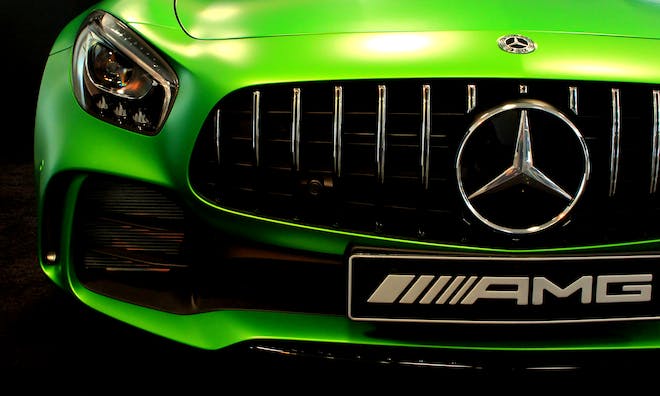Reverse Sear Ribeye for the Perfect Grill Experience
When it comes to grilling a ribeye steak, the reverse sear technique is a game-changer that ensures a perfectly cooked, juicy, and flavorful outcome. This method flips the traditional searing approach on its head, focusing on slow cooking the steak first and finishing it with a high-heat sear.
Understanding the Reverse Sear Technique
Reverse searing a ribeye begins with slowly bringing the steak up to temperature in a low-heat environment. This can be done on a grill or in an oven. The key is to cook the ribeye evenly, which allows for more control over the doneness of the steak. Once the ribeye reaches a few degrees below your desired internal temperature, it’s time for the sear.
The Benefits of Reverse Searing Ribeye
The reverse sear technique offers several advantages:
- Even Cooking: Gradual heating allows for an even cook throughout the steak, reducing the risks of overcooking.
- Better Maillard Reaction: Finishing with a high-heat sear creates a more flavorful crust through caramelization.
- Controlled Doneness: By slowly raising the internal temperature, you have more control over achieving the perfect doneness.
Step-by-Step Guide to Reverse Sear Ribeye on the Grill
Preparation: Start with a high-quality ribeye steak, at least 1.5 inches thick. Season generously with salt and pepper or your preferred steak seasoning. Let the ribeye come to room temperature for about 30 minutes before cooking.
Step 1: Slow Cooking: Preheat your grill to a low temperature, around 275°F (135°C). Place the ribeye on the cooler side of the grill, away from direct heat. Close the lid and cook slowly until the steak reaches an internal temperature of about 10-15°F (5-8°C) below your target doneness.
Step 2: Resting: Remove the ribeye from the grill and let it rest while you increase the grill temperature. The steak’s internal temperature will continue to rise slightly during this time.
Step 3: High-Heat Searing: Once the grill is hot, sear the ribeye over direct heat. This should take about 1-2 minutes per side, creating a rich, caramelized crust.
Step 4: Checking Doneness: Use a meat thermometer to ensure your ribeye has reached the desired temperature. For medium-rare, aim for 130-135°F (54-57°C).
Step 5: Resting Again: After searing, let the ribeye rest for about 10 minutes. This allows the juices to redistribute, ensuring a moist and tender steak.
Serving Your Perfectly Reverse Sear Ribeye
After resting, slice against the grain and serve your reverse seared ribeye with your favorite sides. The result should be a steak with a beautifully even doneness from edge to center and a deliciously seared crust.
Final Thoughts on Mastering Ribeye Reverse Sear on the Grill
The reverse sear method may take a bit longer than traditional grilling, but the results are well worth the wait. With practice, reverse searing will become your go-to for grilling the perfect ribeye every time.
